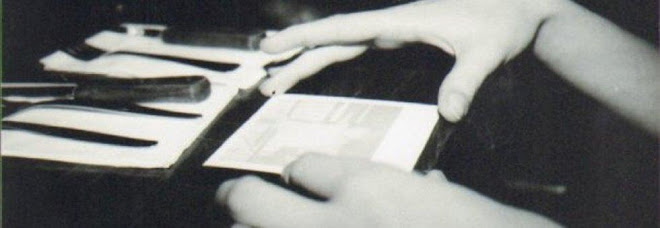Saturday, 21 November 2009
Robert Rauschenberg
what a fitty.
Reserching using junk in art
Arte Povera
The term Arte Povera was introduced by the Italian art critic and curator, Germano Celant, in 1967. His pioneering texts and a series of key exhibitions provided a collective identity for a number of young Italian artists based in Turin, Milan, Genoa and Rome. Arte Povera emerged from within a network of urban cultural activity in these cities, as the Italian economic miracle of the immediate post-war years collapsed into a chaos of economic and political instability. The name means literally 'poor art' but the word poor here refers to the movement's signature exploration of a wide range of materials beyond the quasi-precious traditional ones of oil paint on canvas, or bronze, or carved marble. Arte Povera therefore denotes not an impoverished art, but an art made without restraints, a laboratory situation in which any theoretical basis was rejected in favour of a complete openness towards materials and processes. Leading artists were Giovanni Anselmo, Alighiero Boetti, Pier Paolo Calzolari, Luciano Fabro, Piero Gilardi, Jannis Kounellis, Mario Merz, Marisa Merz,Giulio Paolini, Pino Pascali, Giuseppe Penone, Michelangelo Pistoletto, Emilio Prini and Gilberto Zorio. The heyday of the movement was from 1967–1972, but its influence on later art has been enduring. Can also be seen as Italian contribution to Conceptual art. |
treasure:junk
| 1. | any old or discarded material, as metal, paper, or rags. |
| 2. | anything that is regarded as worthless, meaningless, or contemptible; trash. |
| 3. | old cable or cordage used when untwisted for making gaskets, swabs, oakum, etc. |
| 4. | Nautical Slang. salt junk. |
| 5. | Baseball Slang. relatively slow, unorthodox pitches that are deceptive to the batter in movement or pace, as knuckleballs or forkballs. Treasure:
Both encourage hoarders and people become overly obsessive about both. |
Wednesday, 18 November 2009
etchings:


set ups etc



Zabludowicz Art Projects
176 Zabludowicz Collection









Friday, 13 November 2009
Hat making.
wot i did yesteday


































